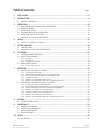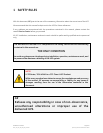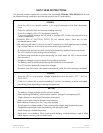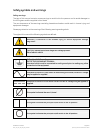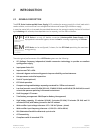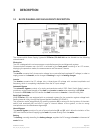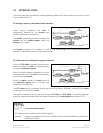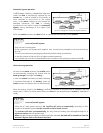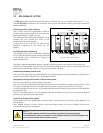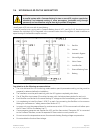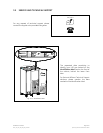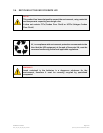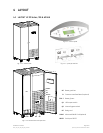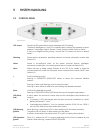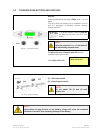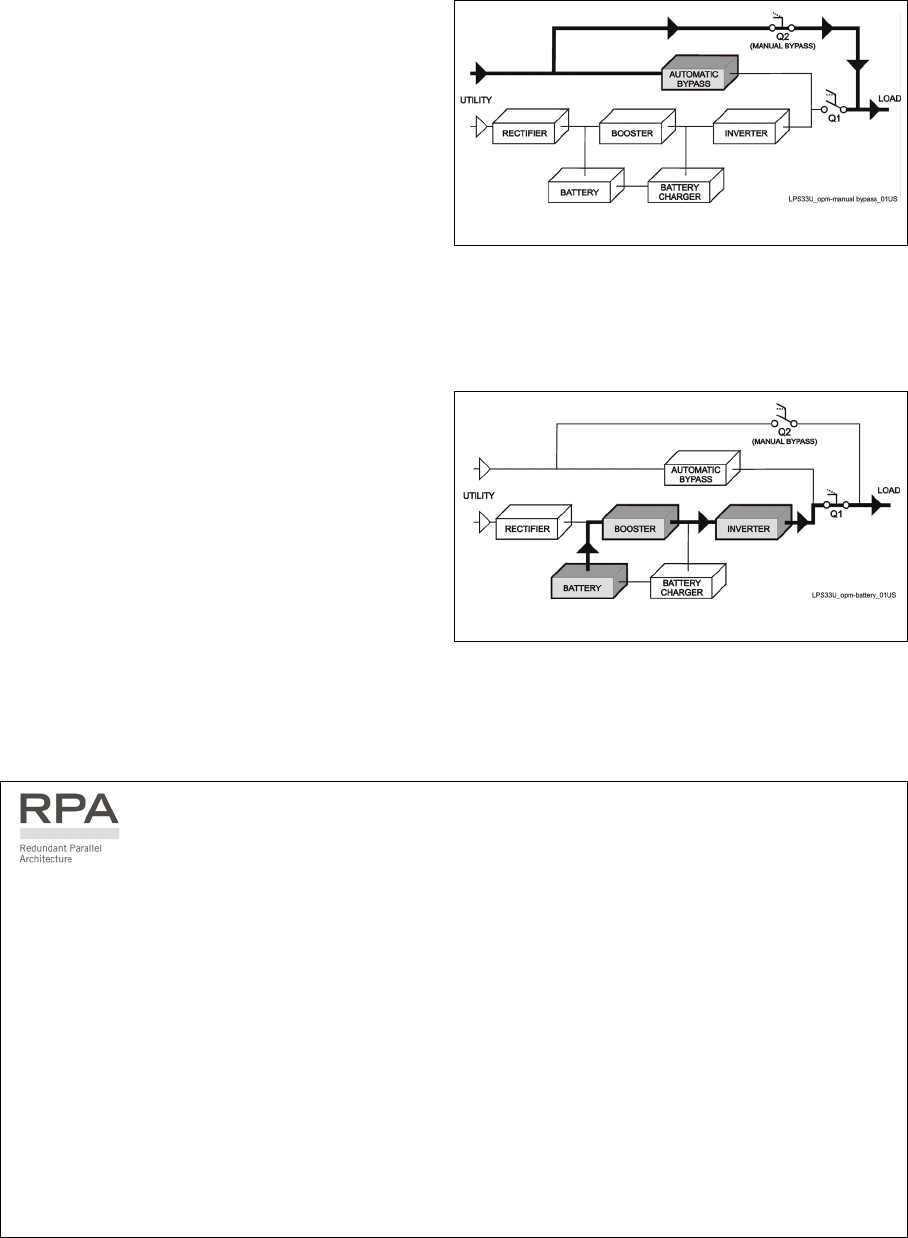
Modifications reserved Page 13/57
OPM_LPS_3UO_30K_40K_0US_V010.doc Operating Manual LP 33 Series 30 & 40 kVA
Manual bypass operation
The manual bypass circuit consisting of Q1 and
Q2 manual switches, permits the transfer of the
load directly to the mains without interruption,
leaving the UPS galvanically separated from the
output load.
This type of operation is normally used when the
UPS system must be completely turned off for
maintenance or reparation.
Fig. 3.2-5 Energy flow in manual bypass operation
Mains failure operation
In the event of a mains power failure, the
rectifier and the battery-charger turn OFF,
while the inverter continues to supply the load
without interruption using the energy stored in
the battery.
During the battery discharge, the LCD screen
displays the remaining autonomy, based on the
battery capacity and the applied load.
Fig. 3.2-6 Energy flow during mains failure operation
In the event of an extended mains failure, before the battery is fully discharged, the alarm “stop
operation” warns the user that the UPS will start the shutdown procedures when the indicated time
expired (normally 3 minutes).
In case of parallel system
With parallel system for power capacity:
• With the bypass mains power available as the warning “battery low” occurs on one unit, after
timeout (selectable) the load is transferred to mains.
• With missing bypass mains power as the warning occurs on one unit, the system starts the
timeout (selectable) of “Stop operation” and then the output load shuts down.
With redundant parallel system:
• As the warning battery low occurs on one unit unnecessary to support the present load, after
timeout (selectable) this unit shuts down and the load is shared between the other units.
As the warning occurs on one unit necessary to support the present load, the system starts the
timeout (selectable) of “stop operation” and then the output load shuts down.



